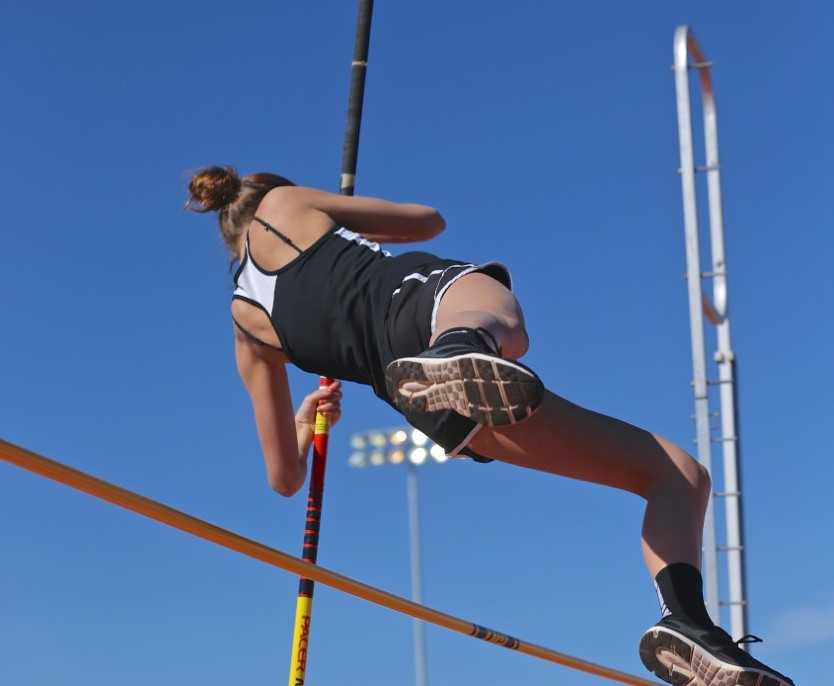
Out of action for about 16 months, spring sports teams from five central Oregon high schools finally are getting a chance to compete again.
Crook County, Culver, Redmond, Ridgeview and Sisters have agreed to compete against one another throughout the OSAA Season 1 period. They broke it down into separate seasons for spring (Aug. 31-Oct. 9), fall (Oct. 10-Nov. 20) and winter (Nov. 21-Dec. 27), leading up to the start of Season 2 practices Dec. 28.
After getting in their required nine practices. spring sports teams began competing in mid-September, a much-needed reboot for athletes who had their seasons wiped out by COVID-19 in the spring.
“Spring sports lost so much last year, and we wanted to give them, and the kids and coaches, uninterrupted time,” Sisters athletic director Gary Thorson said. “Get them up first, because those are all outdoor sports. The weather is the best chance of getting all that stuff in.”
Crook County athletic director Rob Bonner said it was “too bad we couldn't bring the graduated seniors back” for spring sports, but it was “the next best thing we could do.”
“They're very excited,” Bonner said. “Now I'm hearing from softball and baseball coaches and parents, 'Man, we sure like the fall. It's beautiful.' We've said this for years, that this it he time to be outdoors for athletics. It's nice for spring to feel a different climate. They're very appreciative.”
Athletic directors for central Oregon schools met throughout the summer, and after receiving word about the OSAA opening up Season 1 from Aug. 31 to Dec. 27, they began discussing their options. All five of the schools participating in contests have some form of in-person learning, which put them on similar footing.
“Everybody wants to do what they can for kids, but with COVID and the size of the communities, not everyone is able to,” Bonner said.
The group would have liked to include the Bend schools, but “it was pretty clear early on that they might not be able to match pace because of a completely different situation that they're dealing with,” Bonner said. “The desire was there, but they're a big town. It was really something that smaller communities could look at and handle sooner.”
Thorson said the schools' decision to break up Season 1 into three parts, as opposed to having all sports operating during the period, is a “conservative” approach.
“We don't want to have all those groups mixing, and you get one or two kids sick, and now everything's blown up,” Thorson said. We just wanted to take it slow and get kids as active as possible. We feel pretty good about what we're doing. We don't have all the answers, but it's working for our district.
“We want to kind of wade into this thing. Our priority was getting the kids back in the classrooms first. We didn't want to have too much going on that might risk that.”
Participants are wearing masks, with exceptions for those able to socially distance during competition, such as tennis and golf. Fans are permitted – provided they sign in, wear masks and socially distance – except for volleyball.
“It's worked out well for the fans. We feel good about having fans,” Thorson said. “We feel like, being inside for volleyball, we won't have fans, but this outside stuff, we'll go ahead and open it up.”
The schedule allows for each sport to have up to 20 practices. Not all of them are able to meet each day, however.
“It kind of threw some of our off-campus coaches off a little bit because their jobs may not allow them to work as much,” Thorson said. “But pretty much most of them got something going at least a few days a week.”
Thorson said it was important that each sport get uninterrupted time, both for the teams and the athletes.
“We have some kids doing club sports, and we can't really control that, but we're not having a crossover,” Thorson said. “We felt like if kids were crossing over, we're kind of defeating the purpose in terms of keeping kids in smaller groups. We don't want a kid doing three sports right now, bouncing around from practice to practice.”
Flexibility is key, according to Thorson.
“Things could change so fast,” he said. “Who knows what it will be like a week from now? We just set things up, and write it lightly in pencil, and if it goes, it goes. If it doesn't, just roll with it.”










